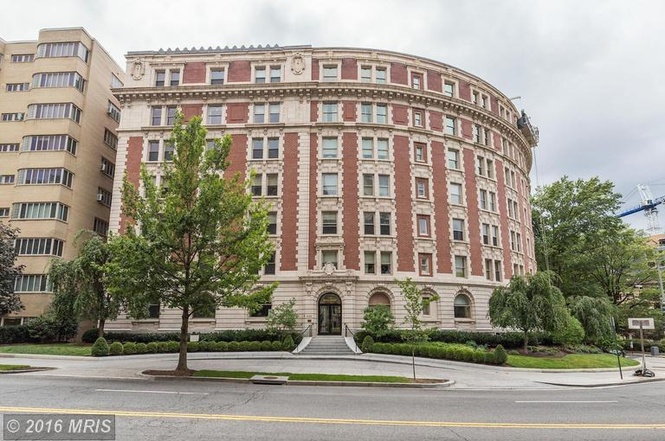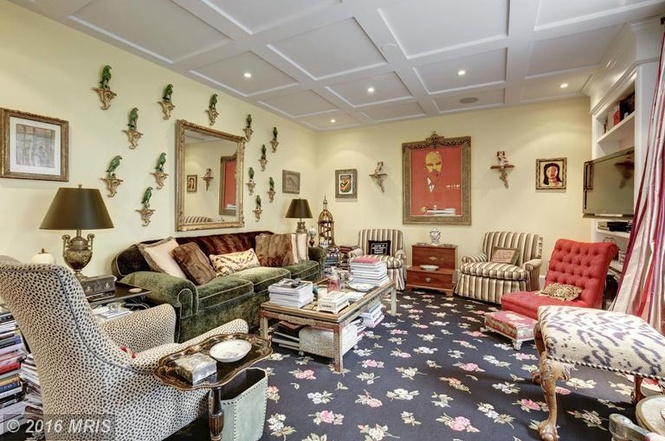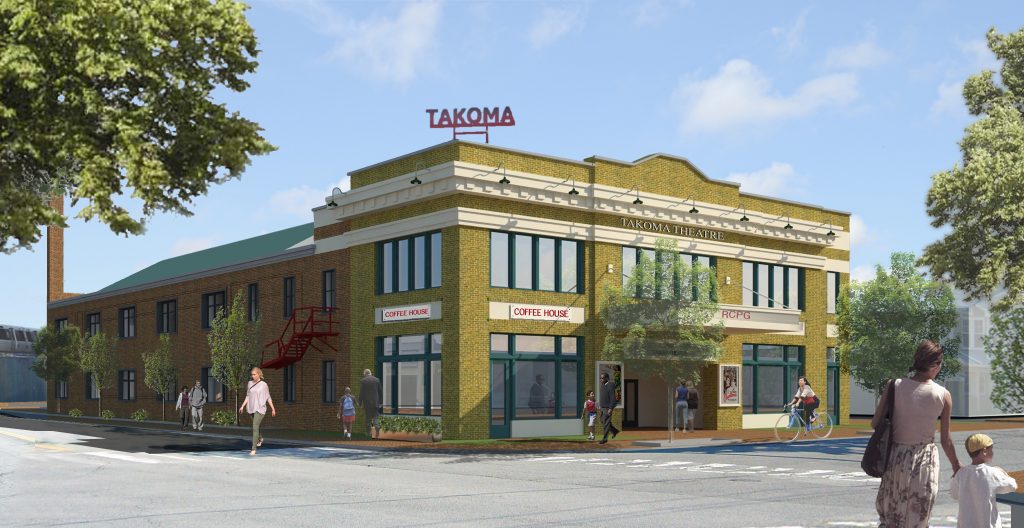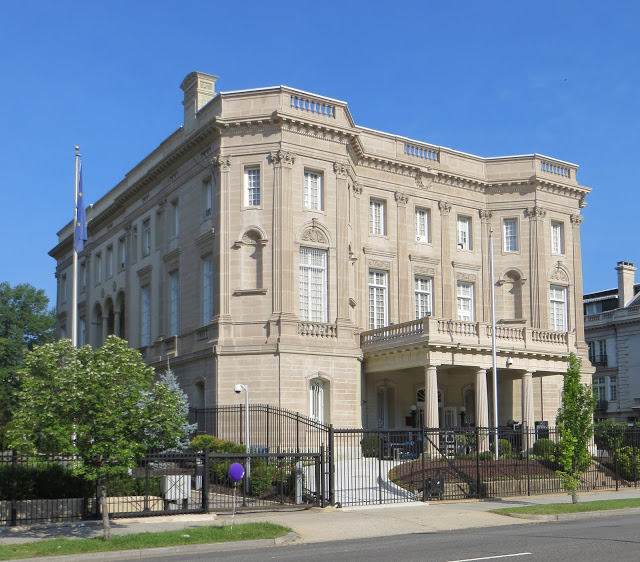
Good Deal or Not Revisited (GDoN-R) is a weekly post that reviews the settled sales data of a recent individual real estate transaction in the District of Columbia. Each post is intended as a case study and a snapshot of the real estate market at a particular moment in time. GDoN-R generally posts on Friday in the late morning.
GDoN-R has been written exclusively for PoPville since 2009 by Suzanne Des Marais. Suzanne is a practicing Realtor with the Bediz Group, LLC at Keller Williams Capital Properties . Unless specifically noted, neither she nor the company that she is affiliated with represented any of the parties or were directly involved in the transaction reported below. Unless otherwise noted, the source of information is Metropolitan Regional Information Systems (MRIS), which is the local multiple listing system and/or Smartcharts by Showingtime. Information is deemed reliable but not guaranteed.
Featured Property: 2126 Connecticut Ave NW #42
Legal Subdivision: Kalorama
Advertised Subdivision per Listing: Kalorama
Bedrooms: 2 Baths: 2.5 Parking: Street & Off Site Ownership: Condo
Original List Price: $1,595,000. List Price at Contract: $1,500,000.
List Date: 9/06/2016 Days on Market: 204
Settled Sales Price: $1,375,000.
Seller Subsidy: $0.
Settlement Date: 4/28/2017
Transaction type: Standard
Original GDoN post can be seen: here.
The original listing can be seen here: here.

Located in the recently much mentioned Kalorama neighborhood, the Dresden is a Harry Wardman-built “Best Addresses” building. “Best Addresses” is the coffee table book owned by every downtown DC real estate office and was written by historian James M. Goode detailing histories of 162 Washingtonian apartment, co-op, and condo buildings. Read More

6833 4th Street, NW at Butternut. Rendering courtesy Rock Creek Property Group
From a press release:
“Rock Creek Property Group broke ground today on the restoration of the historic Takoma Theatre. Located at 6833 4th Street, NW, the theater is in the Takoma neighborhood of DC, just two blocks from the Red Line’s Takoma Metro station, a five-minute drive to Silver Spring, a seven-minute drive to the Beltway, and a 20-minute drive to downtown Washington.
Architect John Jacob Zink designed the theater in the 1920s. Zink would go on to design more than 200 theaters around the country, including the Atlas Performing Arts Center on H Street, NE, the Uptown Theater in Cleveland Park, and the Senator Theatre in Baltimore. The Takoma Theatre was one of the first theaters in the area to feature “talkies,” when a sound system was installed in 1929. Throughout its time as an active theater, the Takoma Theatre featured a wide array of performances, including an HBO comedy special by Chris Rock in 1996. Read More
Streets of Washington, written by John DeFerrari, covers some of DC’s most interesting buildings and history. John is the author of Historic Restaurants of Washington, D.C.: Capital Eats, published by the History Press, Inc. and also the author of Lost Washington DC.
Today Foreign Minister Bruno Rodríguez of Cuba once again raises the Cuban flag over the country’s venerable embassy building at 2630 16th Street NW, in the Meridian Hill neighborhood that was once home to many of the city’s finest embassies. Close by are the former Italian, Mexican, and Spanish embassies as well as the current embassies of Poland and Lithuania. For decades the building has quietly served as the Cuban Interests Section of the Swiss Embassy, but before that it had a long social career, hosting many of the city’s classiest balls and receptions.

Photo by the author.
The Republic of Cuba had a diplomatic outpost in Washington even before the country existed as an independent nation. In the 1890s, as Cubans mounted their war for independence from Spain, Gonzalo de Quesada (1868-1915) established a legation at the fashionable Raleigh Hotel on Pennsylvania Avenue. A graduate of Columbia University, Quesada had met revolutionary hero José Martí in New York at a rally of Cuban exiles; he quickly became an important figure in the struggle for independence. The movement had the sympathy of many Americans, and on President William McKinley’s inauguration day in March 1897, its flag flew proudly atop the Raleigh. “All sympathizers with the struggling patriots could not suppress a yell of patriotism as they observed the flag of the little would-be republic floating as proudly to the breeze as that of the big, powerful country the strong protection of which is sought,” wrote The Evening Star. Read More

